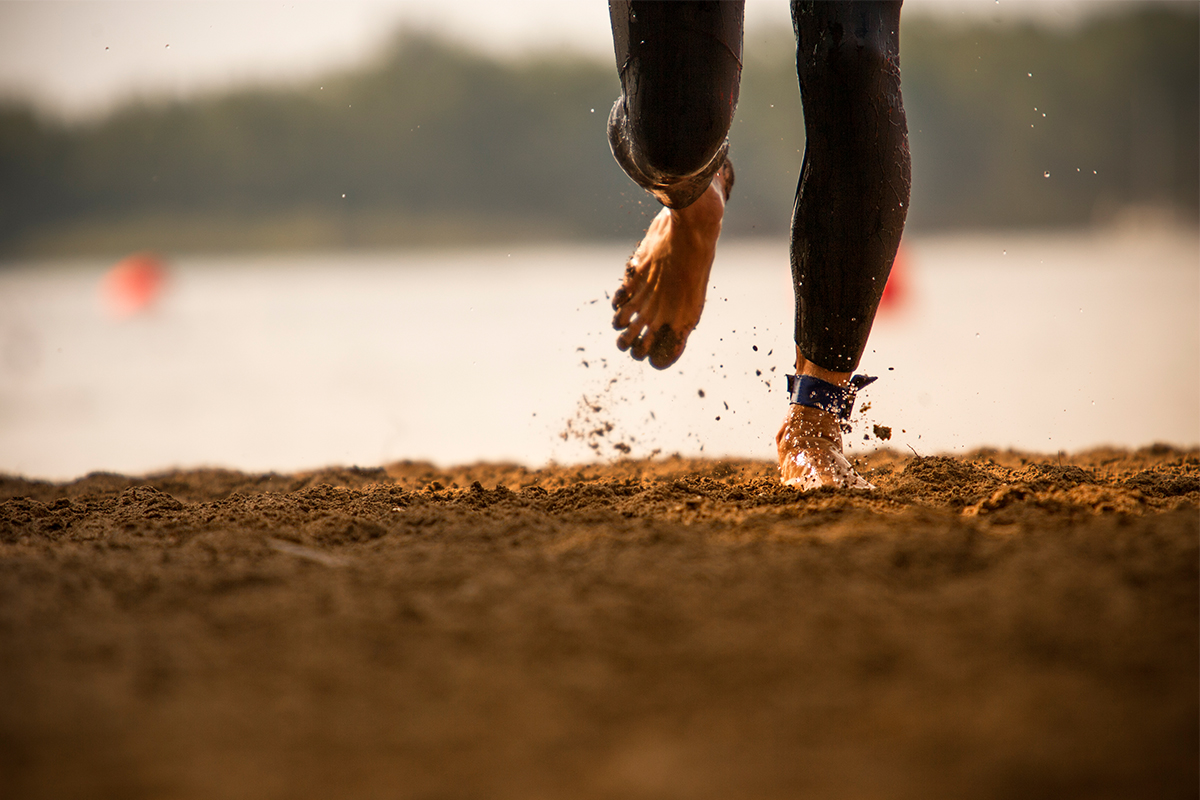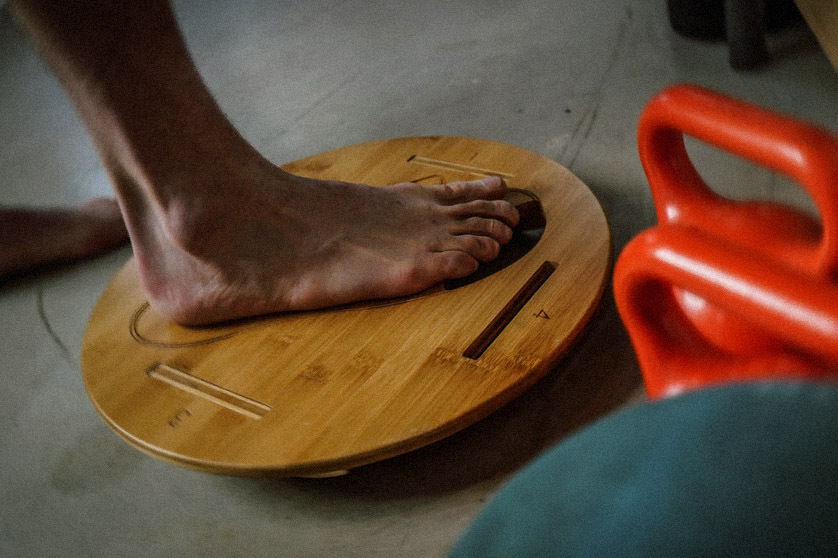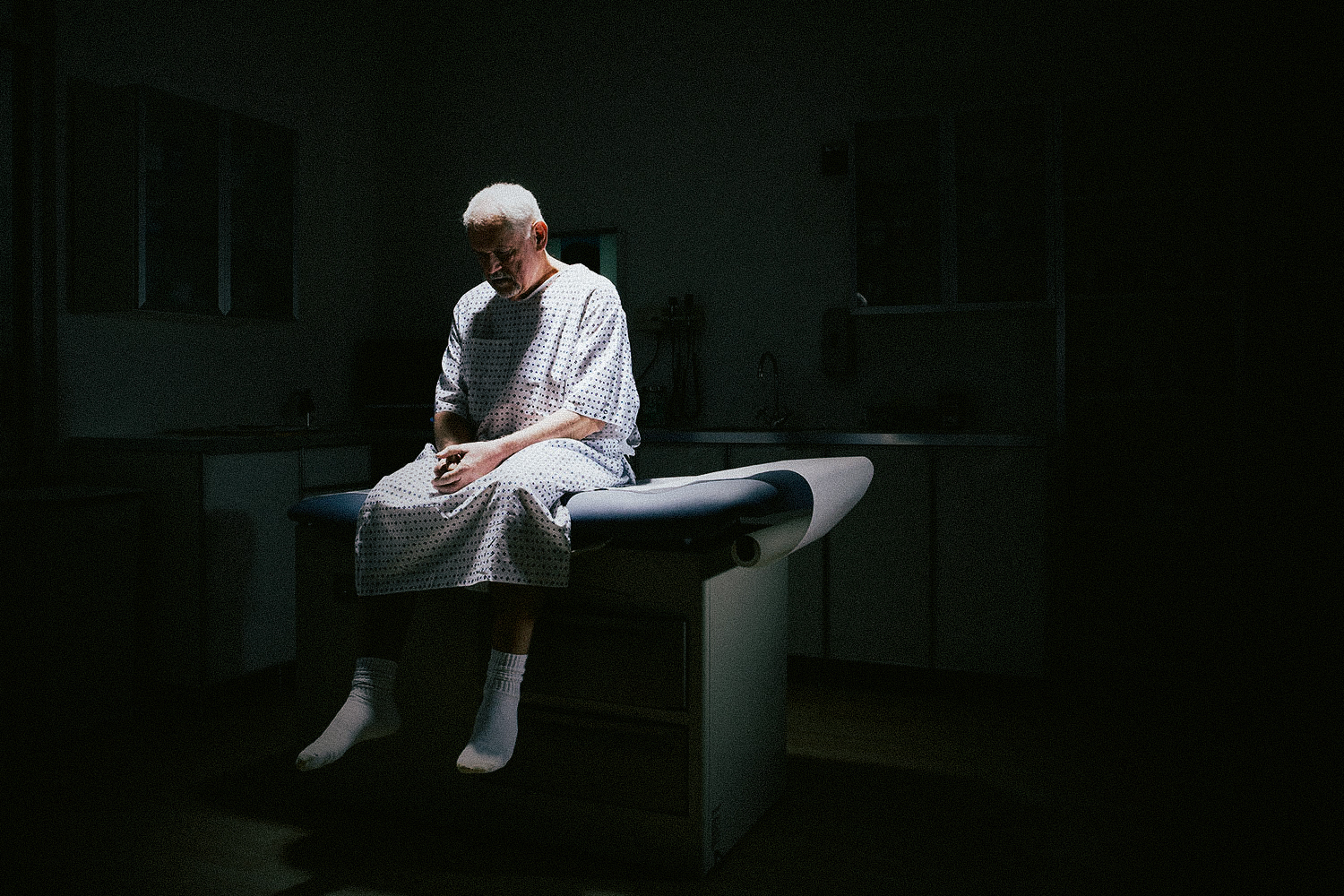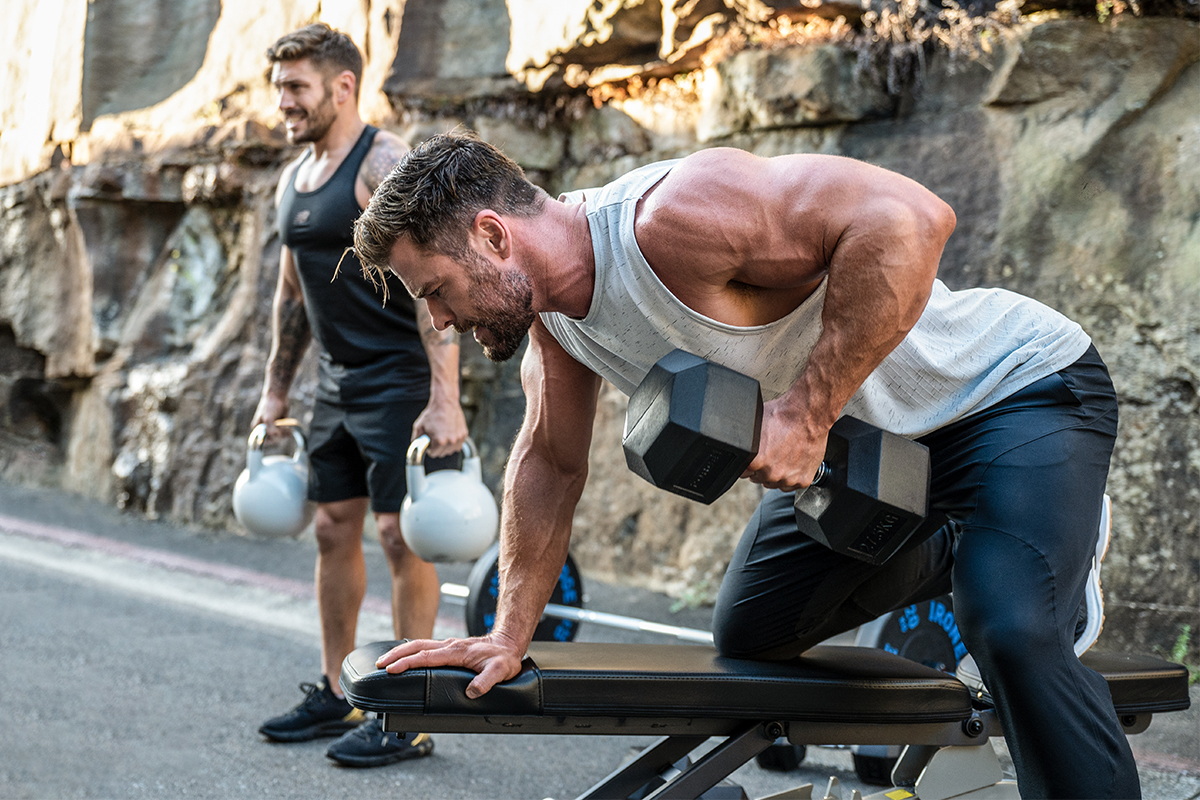Here’s a John Brenkus-worthy factoid: during a 5K race, the average 150-pound man exerts 3.5 million cumulative pounds of force upon his feet. It’s little wonder that three of the most common runner’s injuries — plantar fasciitis, Achilles tendinitis and hairline fractures in the metatarsals — are all situated around the feet. They do yeoman’s work every time you head out for a run.
The feet are also on the frontlines for a more ordinary (though equally frustrating) malady: blisters. They’re in play anytime you head out, especially if you’re A) prone to upping your mileage or B) not a regular runner. For those in the latter group, this can be a pretty discouraging result — you finally rally yourself up for a couple miles around the neighborhood only to go to bed that night with golf ball-sized sores on the soles of your feet.
To handle any and all of the above ailments, the running-industrial complex has doubled down in recent years on comfort. Every brand now makes a “maximalist,” energy-returning running shoe (think high heels, just made from foam) and it’s customary for serious runners to pay somewhere in the $18 range for a single pair of performance socks. The goal is fairly simple: create a perfectly-cushioned cocoon for the feet.
By and large, that’s the right approach. You do want your feet snug within the shoe, never sliding around. And while there is compelling science that barefoot toe-to-heel striking can help stave off injury and fine-tune your mechanics — a concept rooted in evolutionary research — there’s a reason you don’t see pros running barefoot in marathons or at the Olympic Trials.
That said, it actually isn’t in a runner’s best interest to have coddled, ever-soft feet. Suit them up in the best shoe-sock combo money can buy, and friction will still inevitably have its day. Some roads are sloped dramatically to prevent flash floods. Some trails have gnarled roots around every bend. Marathon training — which is more common than you think; in a normal year, 11 million runners complete one — is its own beast.
For novices and vets alike, it’s an asset to head into any sort of varied running workload with a pair of already-beat up feet. Seriously. Preemptively toughening your feet is an underrated defense for avoiding pesky, painful blisters, which can require bandages and attention, lest they rupture and get infected. At their worst, they can sideline you for up to a week, and take weeks more to heal.
That exact thing happened to me when I first got back into running. A single rainy eight-miler (it’s the wet runs you really have to look out for) gifted me a couple of supersized pus balloons. Sorry; it’s just … they were prolific. How did one run do me in? My feet were utterly untested beforehand. I hadn’t run like that in years, and I’d spent many of the previous months walking around my house in warm socks or slippers.
Contrast that period with my most recent reentry into training, which came after a month spent wandering barefoot around Santa Monica. During that time, I regularly walked on beach, boardwalk, paved roads and cement sidewalk without any shoes on. It’s an Old World vibe that still flourishes in coastal towns: “summer feet.” Scrambling around on sand, rocks and wooden panels builds a toughness tolerance into the soles of your feet.
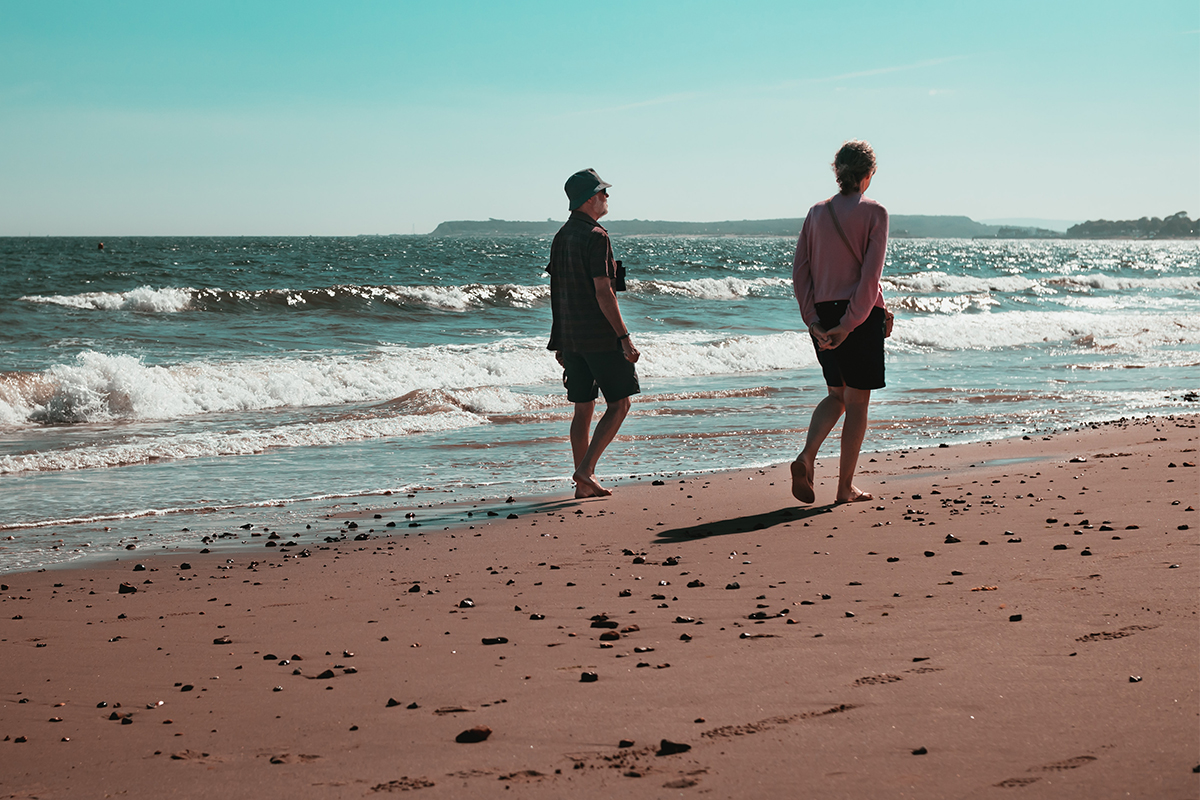
While some might argue that they’re aesthetically unpleasing, those thick, yellowish patches of skin — calluses — shouldn’t be shaved down. They’re all-natural body armor. We recognize their utility a little more readily in our hands (they’re often a badge of honor for workmen or power-lifters), but too often, people try to shave the calluses on their feet, literally hacking away at them with a file or knife.
There’s really only one group of people who shouldn’t embrace foot calluses: diabetics. Because they have poor circulation to their feet, any sort of irritation or deformity can potentially lead to an ulcer. But everyone else should welcome their calluses, and never try to cut them down. If one really appears to be getting out of hand, for whatever reason, you can see your local podiatrist. Unless it needs medical attention (which is rare), they would recommend scrubbing it with a pumice stone and following up with foot moisturizing cream.
It’s likely that your calluses won’t give you any trouble, though. Part of their beauty is that they offer protection without sacrificing tactile sensitivity. In other words: it’s still possible for a bare, hardened foot to register a sharp object on the ground or react to warm pavement while offering an extra layer of insulation from those potentially harmful stimuli. At the same time, though, calluses are adept at mitigating pain. They make it easier for the feet to break in a new pair of shoes, try a new trail or process a full week of hard training.
A battle-scarred pair of feet has lifestyle benefits, too. At the most basic level: it’s easier to dance in a pair of dress shoes at a wedding. But evolutionarily speaking: modern shoes hamper our proprioception, defined as the awareness of the body in space. When the feet interact directly with the world, it triggers a developmentally positive feedback loop within the brain. This is a similar concept to the much-touted “mind-muscle connection” in gyms.
Whether you’re a runner or not, try to make a point to toughen up your feet this summer. Give your knees a break from hyper-cushioned Nikes and walk barefoot around your house or backyard. Take your flip-flops off at the beach. Don’t worry if they get a tad burnt on hot surfaces (but don’t be a hero). If you’re impatient, you can even add some rubbing alcohol around the edges of the foot to speed up the whole process.
To be clear, this isn’t a call to action to end the summer with absolutely gnarly feet. Please shower those puppies and cut your nails regularly to avoid ingrown toenails. Just remember, rock-hard soles aren’t an unseemly consequence of too much activity — they’re an evolutionary hall pass to go out and perform more activity.
The Charge will help you move better, think clearer and stay in the game longer. Subscribe to our wellness newsletter today.
